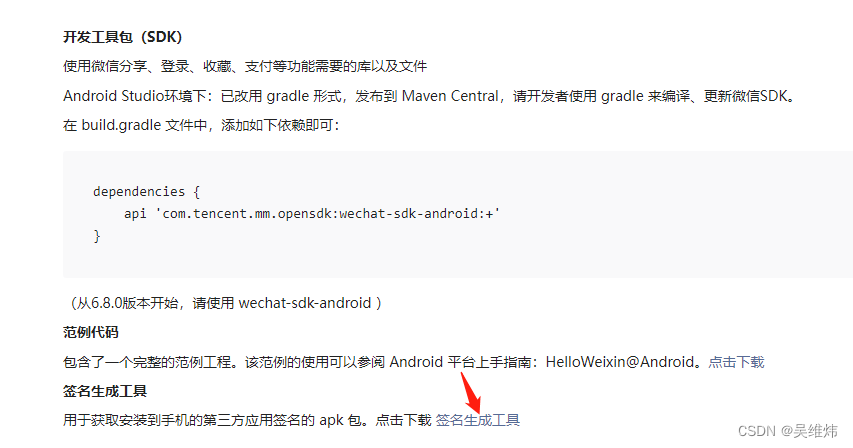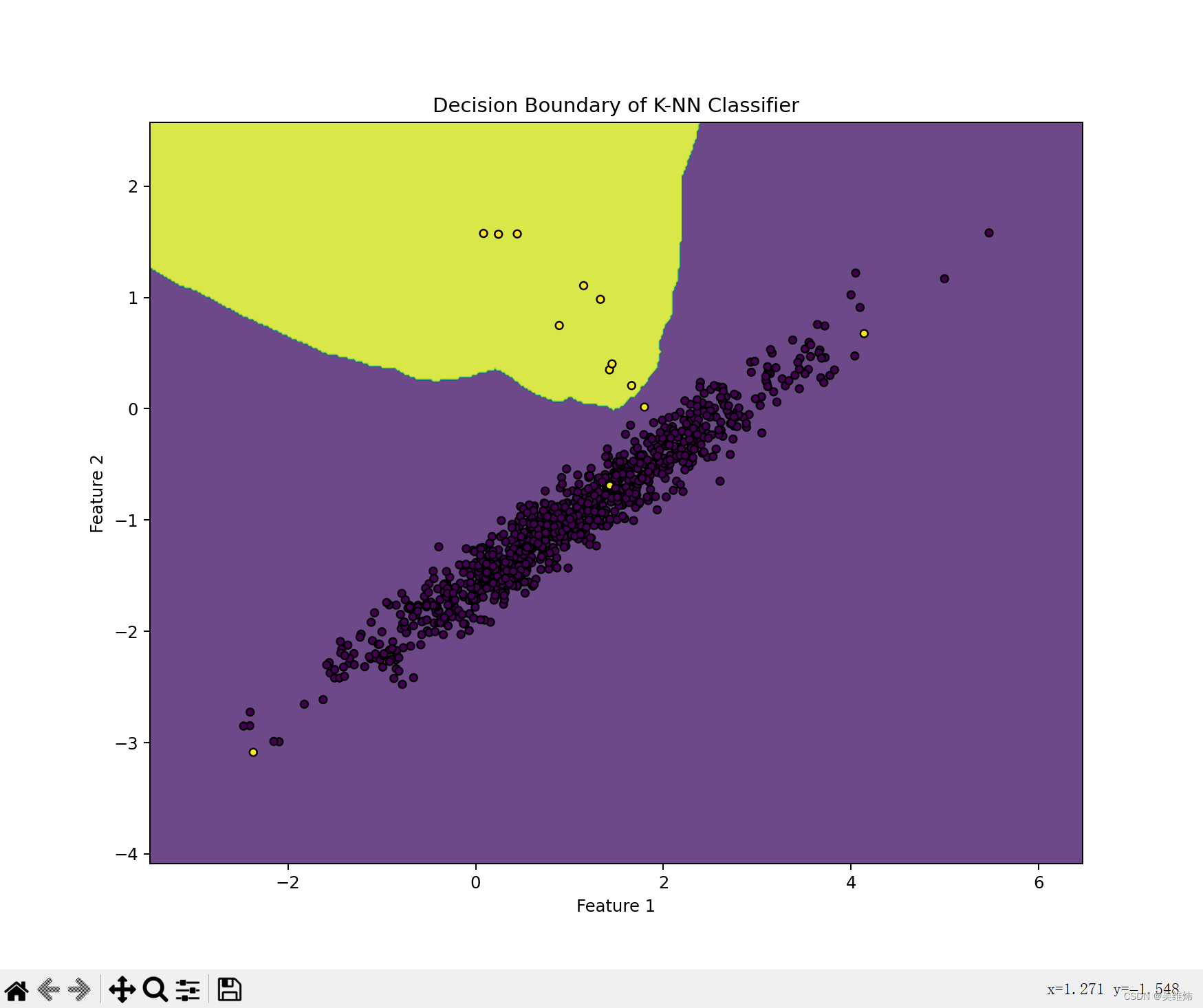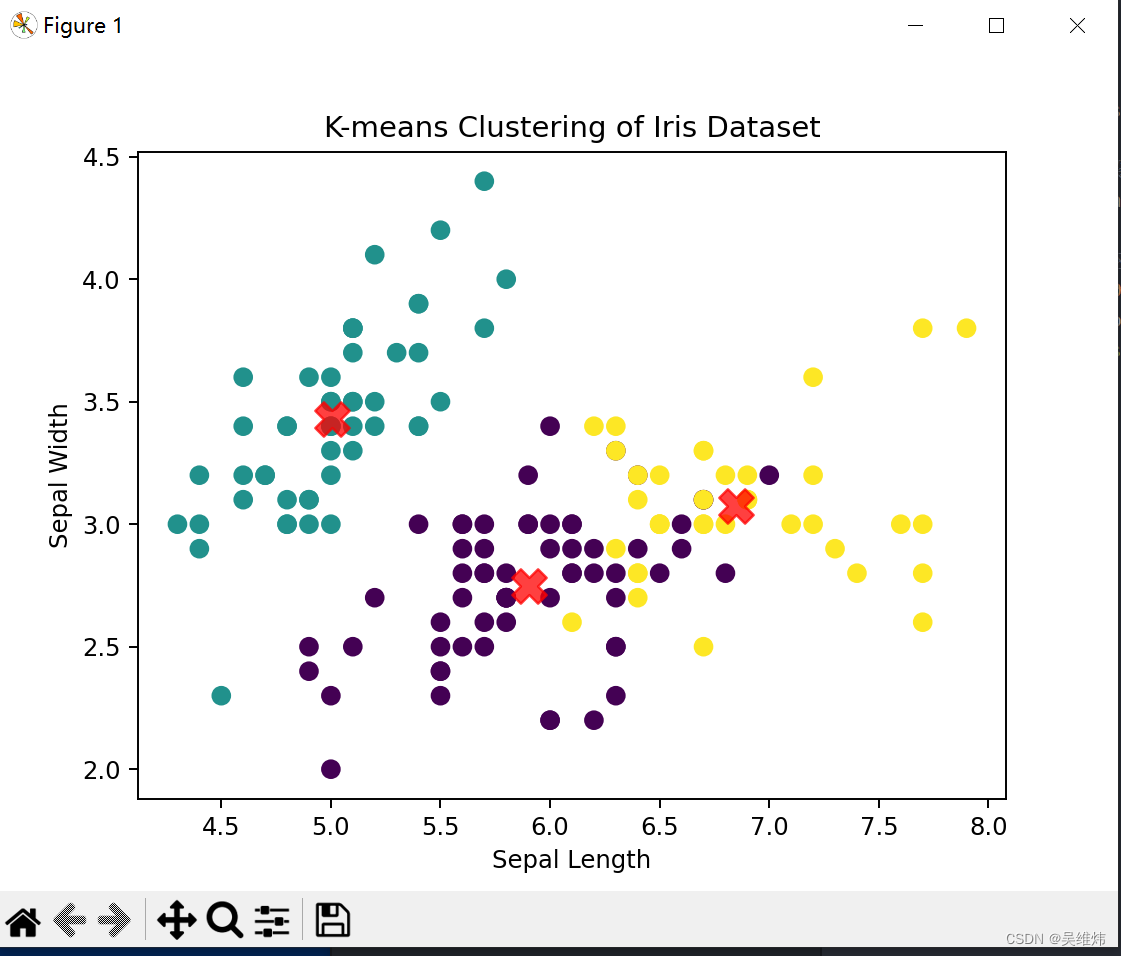



暂时未有相关云产品技术能力~
资深AI全栈工程师 | UCD主SE | CSDN专家 9年经验,擅长AI全栈和AIGC。曾任CTO助理,现为上市公司UCD设计推进与落地技术专家,专注产品创新与用户体验。
2024年07月
 发表了文章
2024-07-12 09:40:25
发表了文章
2024-07-12 09:40:25
 发表了文章
2024-07-11 09:19:00
发表了文章
2024-07-11 09:19:00
 发表了文章
2024-07-10 09:22:56
发表了文章
2024-07-10 09:22:56
 回答了问题
2024-07-09 14:27:55
回答了问题
2024-07-09 14:27:55
 回答了问题
2024-07-09 14:20:52
回答了问题
2024-07-09 14:20:52
 发表了文章
2024-07-08 17:13:19
发表了文章
2024-07-08 17:13:19
 发表了文章
2024-07-08 17:10:26
发表了文章
2024-07-08 17:10:26
 发表了文章
2024-07-08 17:09:49
发表了文章
2024-07-08 17:09:49
 发表了文章
2024-07-08 17:08:26
发表了文章
2024-07-08 17:08:26
 发表了文章
2024-07-08 17:07:43
发表了文章
2024-07-08 17:07:43

 发表了文章
2024-07-08 17:06:47
发表了文章
2024-07-08 17:06:47
 发表了文章
2024-07-08 17:06:00
发表了文章
2024-07-08 17:06:00
 发表了文章
2024-07-08 17:05:02
发表了文章
2024-07-08 17:05:02
 发表了文章
2024-07-08 17:04:12
发表了文章
2024-07-08 17:04:12
 发表了文章
2024-07-08 17:03:06
发表了文章
2024-07-08 17:03:06
 发表了文章
2024-07-08 17:02:05
发表了文章
2024-07-08 17:02:05

 发表了文章
2024-07-08 17:01:08
发表了文章
2024-07-08 17:01:08

 发表了文章
2024-07-08 17:00:25
发表了文章
2024-07-08 17:00:25
 发表了文章
2024-07-08 16:59:30
发表了文章
2024-07-08 16:59:30
 发表了文章
2024-07-08 16:58:15
发表了文章
2024-07-08 16:58:15
 发表了文章
2024-07-08 16:51:21
发表了文章
2024-07-08 16:51:21

 发表了文章
2024-07-08 16:49:37
发表了文章
2024-07-08 16:49:37

 发表了文章
2024-07-08 16:48:28
发表了文章
2024-07-08 16:48:28

 发表了文章
2024-07-08 16:42:29
发表了文章
2024-07-08 16:42:29

 发表了文章
2024-07-08 16:41:08
发表了文章
2024-07-08 16:41:08

 发表了文章
2024-07-08 16:39:37
发表了文章
2024-07-08 16:39:37
 发表了文章
2024-07-08 16:38:31
发表了文章
2024-07-08 16:38:31
 发表了文章
2024-07-08 16:36:06
发表了文章
2024-07-08 16:36:06

 发表了文章
2024-07-08 16:35:31
发表了文章
2024-07-08 16:35:31
 发表了文章
2024-07-08 16:34:47
发表了文章
2024-07-08 16:34:47

 发表了文章
2024-07-08 16:33:39
发表了文章
2024-07-08 16:33:39
 发表了文章
2024-07-08 16:32:55
发表了文章
2024-07-08 16:32:55
 发表了文章
2024-07-08 16:31:56
发表了文章
2024-07-08 16:31:56
 发表了文章
2024-07-08 16:30:49
发表了文章
2024-07-08 16:30:49
 发表了文章
2024-07-08 16:30:13
发表了文章
2024-07-08 16:30:13

 发表了文章
2024-07-08 16:29:34
发表了文章
2024-07-08 16:29:34
 发表了文章
2024-07-08 16:28:37
发表了文章
2024-07-08 16:28:37
 发表了文章
2024-07-08 16:27:35
发表了文章
2024-07-08 16:27:35
 发表了文章
2024-07-08 16:26:32
发表了文章
2024-07-08 16:26:32

 发表了文章
2024-07-08 16:25:21
发表了文章
2024-07-08 16:25:21
 发表了文章
2024-07-08 16:24:22
发表了文章
2024-07-08 16:24:22
 发表了文章
2024-07-08 16:23:40
发表了文章
2024-07-08 16:23:40
 发表了文章
2024-07-08 16:16:13
发表了文章
2024-07-08 16:16:13
 发表了文章
2024-07-08 16:15:03
发表了文章
2024-07-08 16:15:03
 发表了文章
2024-07-08 16:14:16
发表了文章
2024-07-08 16:14:16

 发表了文章
2024-07-08 16:13:35
发表了文章
2024-07-08 16:13:35
 发表了文章
2024-07-08 16:10:40
发表了文章
2024-07-08 16:10:40
 发表了文章
2024-07-08 16:09:51
发表了文章
2024-07-08 16:09:51

 发表了文章
2024-07-08 16:06:09
发表了文章
2024-07-08 16:06:09

 发表了文章
2024-07-08 16:05:13
发表了文章
2024-07-08 16:05:13
 发表了文章
2024-07-12
发表了文章
2024-07-12
 发表了文章
2024-07-11
发表了文章
2024-07-11
 发表了文章
2024-07-10
发表了文章
2024-07-10
 发表了文章
2024-07-08
发表了文章
2024-07-08
 发表了文章
2024-07-08
发表了文章
2024-07-08
 发表了文章
2024-07-08
发表了文章
2024-07-08
 发表了文章
2024-07-08
发表了文章
2024-07-08
 发表了文章
2024-07-08
发表了文章
2024-07-08
 发表了文章
2024-07-08
发表了文章
2024-07-08
 发表了文章
2024-07-08
发表了文章
2024-07-08
 发表了文章
2024-07-08
发表了文章
2024-07-08
 发表了文章
2024-07-08
发表了文章
2024-07-08
 发表了文章
2024-07-08
发表了文章
2024-07-08
 发表了文章
2024-07-08
发表了文章
2024-07-08
 发表了文章
2024-07-08
发表了文章
2024-07-08
 发表了文章
2024-07-08
发表了文章
2024-07-08
 发表了文章
2024-07-08
发表了文章
2024-07-08
 发表了文章
2024-07-08
发表了文章
2024-07-08
 发表了文章
2024-07-08
发表了文章
2024-07-08
 发表了文章
2024-07-08
发表了文章
2024-07-08

 回答了问题
2024-07-09
回答了问题
2024-07-09
 回答了问题
2024-07-09
回答了问题
2024-07-09
